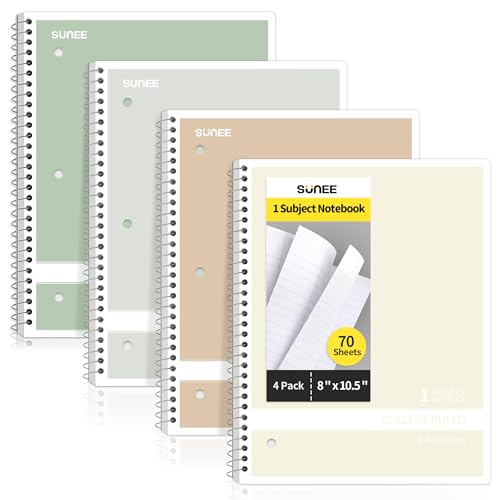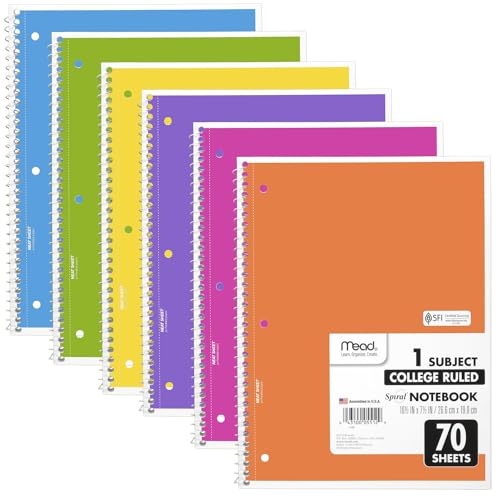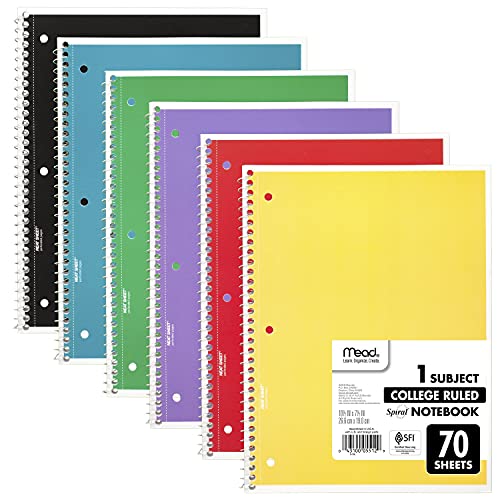Understanding the Myth: Dogs and Homework
The notion that dogs have an insatiable appetite for homework is a prevailing myth that has circulated within academic circles and among students for generations. This belief likely arises from the anecdotal experiences of students who have encountered their pets shredding or chewing on their assignments. To understand this phenomenon, it is crucial to examine the psychological and behavioral aspects of dogs that might explain their interactions with paper materials, including homework.
Dogs are naturally curious animals. Their keen sense of smell and instinctual behaviors often lead them to investigate various objects around them, including homework. The texture, smell, and sometimes even the taste of paper can be intriguing to dogs. From a behavioral standpoint, chewing is a common activity for many dogs, especially during their formative years, as it helps them relieve stress, alleviate boredom, and explore their environment. In this context, homework may simply represent a convenient target due to its accessibility.
Additionally, it is essential to consider that every dog is unique and may exhibit different tendencies. Some dogs may be completely disinterested in homework, while others might find it entertaining. By recognizing these behavioral patterns, students can not only dispel the myth surrounding dogs and homework but also develop strategies to protect their academic work from canine curiosity and mischief.
Practical Tips to Protect Your Homework
Protecting your homework from playful or curious dogs is a challenge many students face. Implementing effective strategies can significantly reduce the risk of your assignments being chewed up or destroyed. One of the most crucial steps is to create a designated homework space that is completely dog-free. Choose a room or area in your home where your dog is not permitted. Utilize baby gates or closed doors to keep your furry friend out during study sessions, allowing you to focus without distractions while safeguarding your documents.
In addition to a designated workspace, consider using protective covers for your assignments. Clear plastic folders or binders can prevent tearing and chewing, ensuring that your homework remains intact, regardless of your dog's antics. Not only do these protective measures keep your papers safe, but they also help you remain organized and minimizes the chance of losing any work. Whenever possible, store your homework in these protective cases immediately after completing it.
Developing habits to store your work properly is another vital practice. Make it a routine to immediately put away any completed homework or study materials in a secure location, such as a closed drawer or cupboard. If your dog tends to target specific materials like notebooks or loose papers, consider using designated containers specifically for those items when not in use. This simple action can drastically reduce the likelihood of accidental damage.
Lastly, it is pivotal to establish a consistent homework routine that includes time management and allows for breaks that can involve your pet. Balancing your study time with playtime can help reduce the chance of your dog seeking attention by rummaging through your paperwork. By combining these actionable tips and establishing preventive measures, you can significantly protect your homework from any playful canine interference.
Training Your Dog: A Proactive Approach
Effective dog training is essential in fostering a harmonious household and curbing unwanted behaviors, such as chewing on homework. By instilling basic commands and consistent routines, you can teach your dog appropriate boundaries and reinforce positive conduct. Training establishes clear communication, which is vital in helping dogs understand what is expected of them. The foundation of successful training lies in techniques such as positive reinforcement, where rewarding desired behavior encourages repetition. This method helps your dog associate good actions with positive outcomes such as treats or praise.
Commencing training with fundamental commands such as "sit," "stay," and "leave it" is beneficial in creating structure. Teaching these commands can significantly diminish the likelihood of your dog indulging in destructive behavior. For instance, when your dog approaches your homework, the "leave it" command can redirect their attention elsewhere. Additionally, incorporating teaching sessions into your daily routine fosters engagement and learning, making your dog less likely to explore mischief out of boredom.
It is important to remember that dog training is a gradual process that requires patience and persistence. If you find that your efforts are not yielding the desired results, it may be beneficial to consult with a professional dog trainer. Professional trainers can provide tailored strategies, and training classes can offer socialization with other dogs, enriching your dog's experience. Moreover, involving a trainer can enhance your bond with your dog, as engaging in training sessions together promotes trust and communication.
Ultimately, effective dog training not only prevents your furry friend from munching on your assignments but also enriches your relationship. The time spent on training is an investment in your dog's behavior, your stress reduction, and a more peaceful living environment.
Creating a Homework Routine: Setting Boundaries with Your Pet
Establishing a structured homework routine is essential for both academic success and maintaining harmony with your pet. A well-defined schedule not only aids in focusing on studies but also minimizes potential distractions caused by your dog. One effective strategy is to allocate specific times for homework when your dog is likely to be engaged in other activities or comfortably resting in another room. This proactive approach reduces the temptation for your pet to interrupt your studies, significantly lowering the risk of them snacking on your assignments.
Engaging your dog during homework time is crucial to keeping their behavior in check. Providing your dog with stimulating toys, interactive puzzles, or chew items can redirect their energy and attention away from your study area. Incorporating regular playtime or short exercise sessions before you begin your homework can also help tire your dog out, making them more likely to settle down during your study period. A well-exercised dog is generally calmer and less prone to seeking attention when you are focused on your assignments.
Additionally, consider creating a designated homework zone in your study area. By bringing your dog a comfortable bed or mat nearby, they can rest close to you without being disruptive. This setup allows your dog to feel included while respecting the boundaries of your study time. Some owners find that leaving on calming background music or white noise can also soothe an anxious pet, making it easier to concentrate on academic tasks.
By adhering to a consistent homework routine and finding effective ways to engage your pet, students can create an environment conducive to learning while maintaining a healthy relationship with their dogs. Creating boundaries does not only benefit the academic process but also nurtures the bond between pet and owner.







